
Light and Shade

◼︎ There is something wonderful about old churches. The combination of craftsmanship, materials and quietude which underpins ritual and devotion has always attracted me. It is even more pleasurable when I am asked to advise professionally on such a building.
So it is with this very pleasing Hampshire church dating back to 1870 by George Gilbert Scott RA. It is handsome Victorian architecture at its most pleasing but, as with many churches, has been poorly lit in recent times. To be asked, therefore, to design a new lighting system that not only makes the space pleasant for the congregation but enhances the architecture, monuments and colours, was an opportunity too good to miss.

Over the years various inappropriate luminaires have been installed with good intentions but to ill effect. This, coupled with the never ending maintenance problem due to failing lamps, has prompted the church to consider a new approach using LED luminaires.
My approach is to eliminate where possible the glare or light spill from naked lamps whilst creating light and shade within the interior. Too much light is as bad as too little especially when that light flattens profiles and eliminates shadows. Period churches were never designed with electric lighting in mind but were to be lit by natural light during the day and candles or oil lamps at night. So my aim is for a slightly under lit interior whilst retaining a sense of mood and theatre with long shadows cast across the walls thus emphasising the stone carving and textures.

To mitigate any glare or light spill, I have used both honeycomb louvres and barn doors on the light fittings where possible. The above photograph illustrates just this approach - sufficient light for reading by and a sense of theatre from the light and shade. And whilst this is conceived and planned at our office, it is only when on site that the exact locations of the fittings and their directions can be set, by a process of trial and error, as this is more art than science.


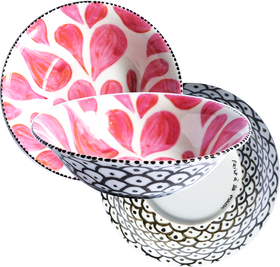
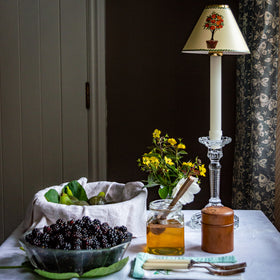
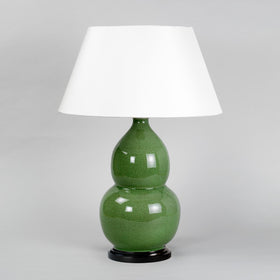
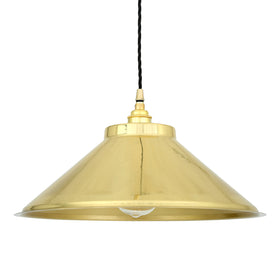
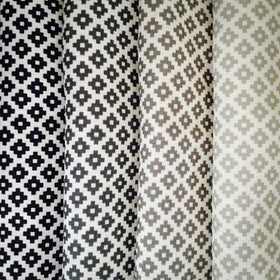
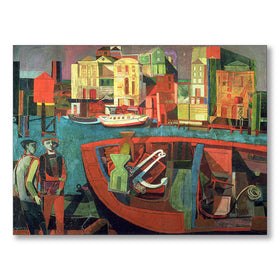
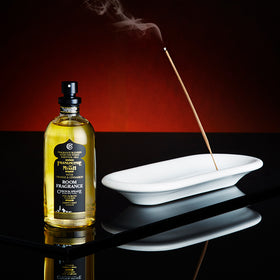
Leave a comment